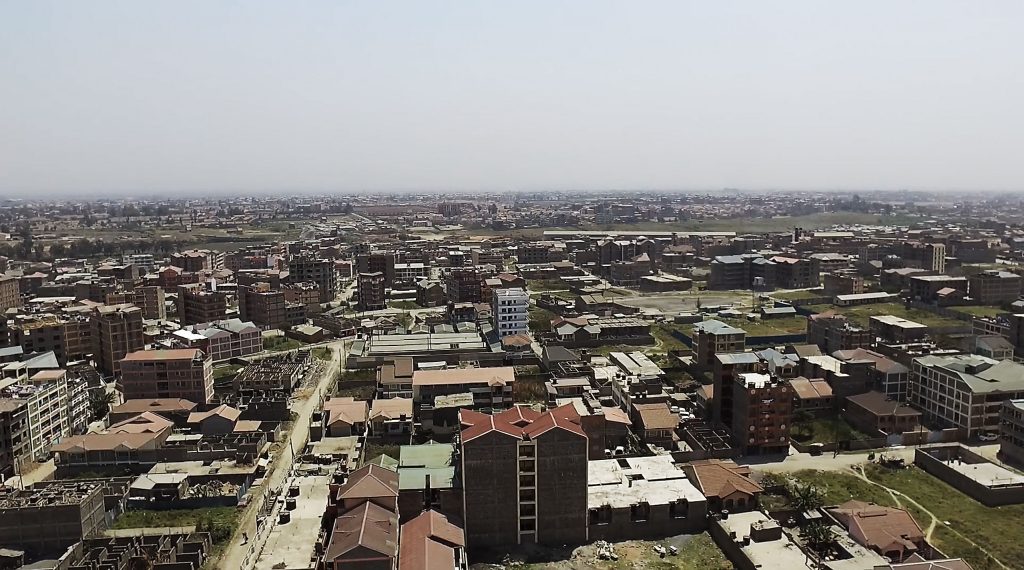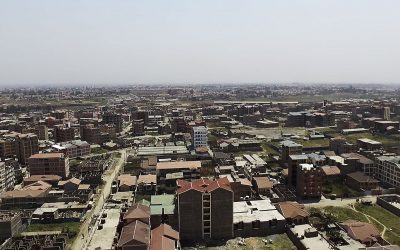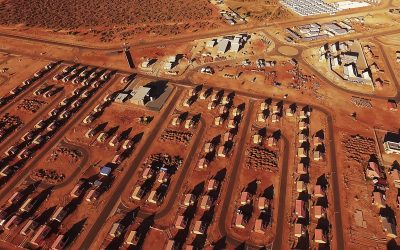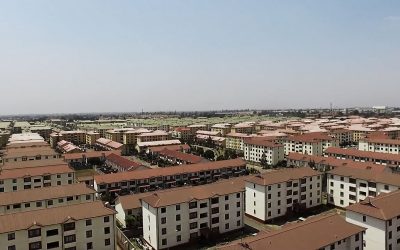Soon, half of the world’s population will live in cities
Particularly in Asia and Africa, massive mega-cities are emerging, according to the UN. And relatively soon, in 2050, 70 percent of the world’s population is expected to live in cities. With the population increase, it means that 6.4 billion people are expected to live in metropolitan areas in the mid-century.
Urbanization means that 30 so-called “mega cities” with at least ten million inhabitants will exist by 2050. Today, there are 19 mega cities in the world, including Tokyo, Delhi, and New York.
But above all, there are smaller cities that today have fewer than 500,000 inhabitants that will grow so it’s cracking.
“The cities and towns of the world will absorb the pending population growth while attracting people from rural areas,” the UN writes.
The countryside is slowly being depopulated, and by the middle of the century, 600 million fewer people are living in the country, according to the UN.
It is especially in Africa and Asia that urbanization is at it’s most rapid rate. Today, only 39 percent of Africans live in cities and 41 percent of Asians live in urban areas. There is a notable difference when comparing those statistics to Europe, the United States and other developing countries where 70 percent of the population lives in cities.
In China, the world’s most populous country, major cities are expected to explode in population. There, 70 percent of the population will live in cities in 2050, compared with 40 percent today. One billion people will therefore live in Chinese cities in the foreseeable future.
By contrast, urbanization will not increase as dramatically in India, the world’s second most populous nation. By 2050, only 55 percent of the population is expected to live in cities compared to today’s relatively low figure 29 percent. Still, as many as 900 million people are expected to live in India’s cities in 40 years.



